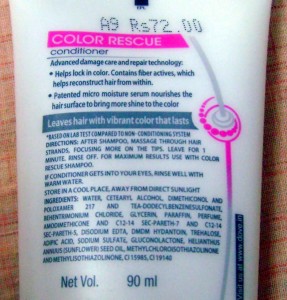Monsoon season in India is something that everyone should strive to prepare for. Being prepared can help to prevent injury and emergency situations. Knowing how to prepare is critical because it will mean that you will have everything in place when the monsoons hit. The monsoon season in India is generally from June until September.
Bacteria and Viruses
Monsoons bring with them bacteria and viruses. Pollutants and allergens are already heavy in cities like Bangalore, making people even more susceptible to things like the common cold and influenza. This season also creates kapha, so a strict healthy diet and adequate rest are critical to balancing this. The five most common diseases seen in monsoon season in India include:
- Malaria
- Cholera
- Typhoid
- Hepatitis A
- Leptospirosis
The following lifestyle changes made during this season will help to keep people healthy:
- Consume colored and green vegetables
- Avoid any fish that is not fresh
- Skip eating outside
- Shower immediately after being wet
- Stay hydrated
- Bitter vegetables and seasonal fruits should be consumed
- Exercise regularly
Flooding and High Winds
Both of these are characteristic of monsoon weather. It is important to stay out of flooded areas and get to dry land. Drowning, illness and injury are all possible when being in flooded areas. High winds can cause damage, such as falling trees and even buildings. If you must venture into flooded areas, take extreme caution. Be sure to use a boat or raft and avoid any area where the water appears to be rushing.
Have a Disaster Supply Kit Ready to Go
These are not that hard to put together and they will ensure that people have what they need to ride out a particularly bad storm during this season. First, you need water. Ideally, three gallons of water should be put in this kit for each person and animal that will be using it. Food is also important. You want foods that will not require cooking. Things like fresh fruits and vegetables, nuts and other nutritious, non-cooked foods should be put in the kit. Fruit and vegetables can go bad, so be sure to keep an eye on these and have fresh ones in the kit at all times.
A first aid kit is important just in case someone gets injured. Antiseptics, antibacterial cream, bandages, tape, scissors, compression bandages and something to reduce fevers and pain can all be placed into a small, portable kit. Other important necessities include any medications that the people in the house take, flashlights with batteries and a battery-operated radio so that you can keep up with the latest weather updates.
Lightning Strikes and Shock
Getting struck by lightning is a real threat during a monsoon. Stay away from trees, poles, high land, open fields, metal objects, pools and other bodies of water and other tall objects. Staying inside in a non-flooded area is the safest place to be. Lightning, while rare, can also strike through plumbing fixtures, so avoid showers, sinks and baths during a storm. To avoid being shocked, do not use a telephone unless it is an absolute emergency.
About the Author: Debbie Sweet researches Tripollartreatments. When she’s not doing that, she’s travelling the world.



